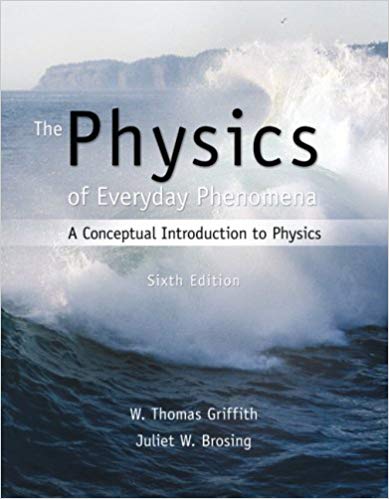In the park, several children with a total mass of 240 kg are riding on a merry-go-round
Question:
In the park, several children with a total mass of 240 kg are riding on a merry-go-round that has a rotational inertia of 1500 kg·m2 and a radius of 2.2 m. The average distance of the children from the axle of the merry-go-round is 2.0 m initially since they are all riding near the edge.
a. What is the rotational inertia of the children about the axle of the merry-go-round? What is the total rotational inertia of the children and the merry-go-round?
b. The children now move inward toward the center of the merry-go-round so that their average distance from the axle is 0.5 m. What is the new rotational inertia for the system?
c. If the initial rotational velocity of the merry-go-round was 1.2 rad/s, what is the rotational velocity after the children move in toward the center, assuming that the frictional torque can be ignored? (Use conservation of angular momentum.)
d. Is the merry-go-round rotationally accelerated during this process? If so, where does the accelerating torque come from?
Step by Step Answer:

Physics of Everyday Phenomena A conceptual Introduction to physics
ISBN: 978-0073512112
6th edition
Authors: W. Thomas Griffith, Juliet W. Brosing





